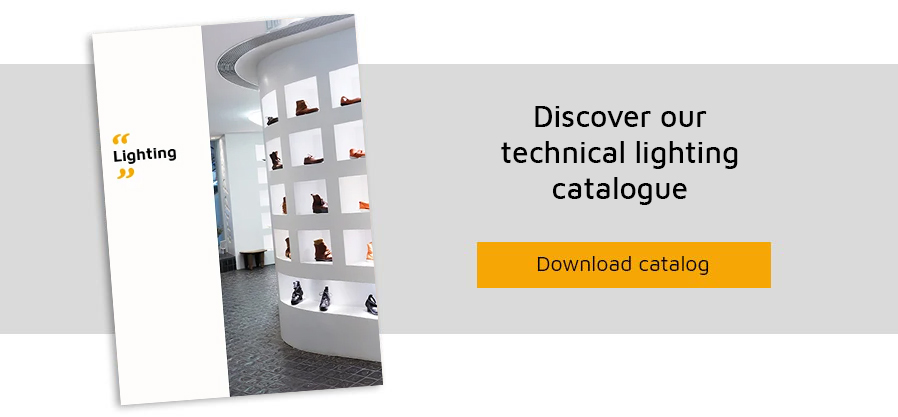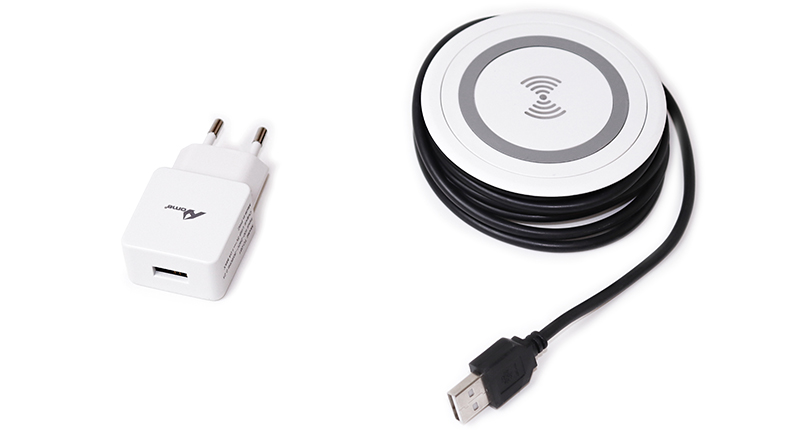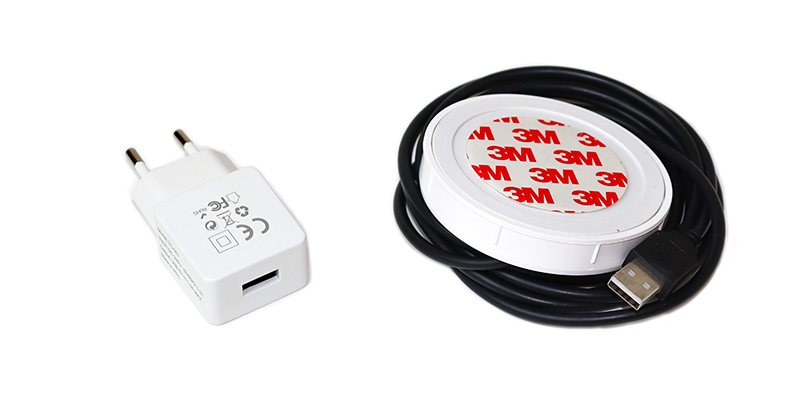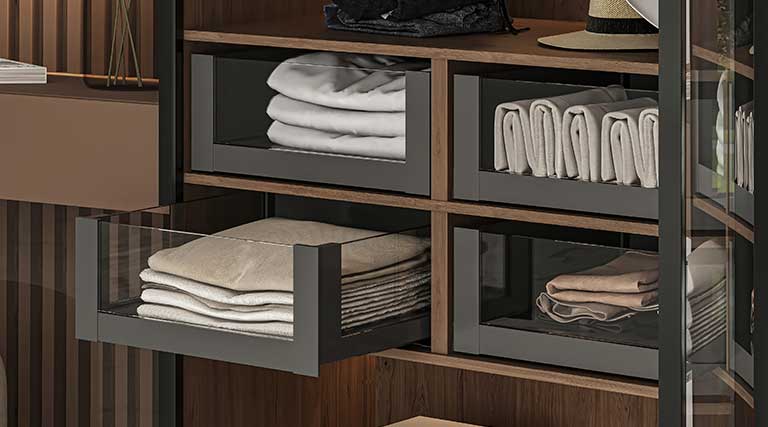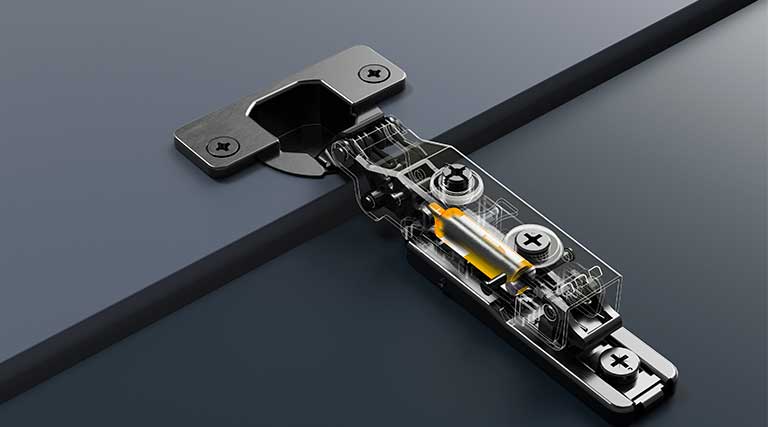The wireless mobile chargers built into the furniture are an accessory increasingly demanded by customers and a technological advance that makes life easier.
It is very convenient and functional to charge your mobile or tablet without the need of cables or plugs, on the most accessible furniture in the house, in the bedroom, office or living room.
In addition, we can install wireless chargers on public furniture, so that they are always accessible in hotels, airports, waiting rooms, libraries or restaurants.
These chargers allow charging any compatible electronic devices without cables using the Qi wireless technology.
At Emuca we offer two Airless wireless chargers models, either in a visible or invisible installation in the cabinet. Both are supplied in a kit for ease of installation, with a 2 m USB cable and a 100~240V AC 50-60Hz plug-in power supply.
Airless wireless charger
The Airless wireless charger is designed to charge your mobile or tablet in a visible and easily accessible way in the cabinet. It is very easy to mount since it only requires Ø80mm machining to flush mount the charger. It also has a non-slip rubber base to prevent your device from moving.
Concealed Airless wireless charger
The concealed Airless wireless charger is a solution to charge your mobile or tablet in an invisible and hidden way in the furniture. It can be installed under a wooden shelf, becoming invisible on the surface of the furniture.
It is recommended that the distance between the charger and the device does not exceed 3 mm with a machining of Ø80mm to allow the charger to be recessed. It also has double sided tape every 3m for a strong and easy attachment.


